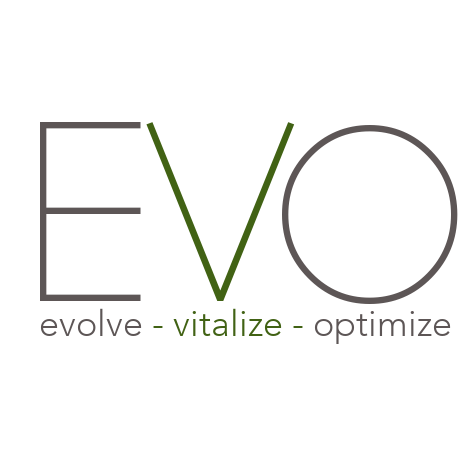
Ever since modern medicine began, it has focused on surgery, replacement, and management. If patients had a blown-out knee, doctors performed surgery and prescribed drugs for the pain. Torn ligament? Same. Pain, disease? Help them manage it. Leaky heart valve? Replace it. Regenerative medicine, however, has changed all that.
When most people think about regenerative medicine – if they think about it at all – they think of it as a medical protocol that is years in the future. In reality, the practice of regenerative medicine has been around for decades – starting with the first bone marrow transplant – while the study of it has been around for over a century. In that time, regenerative medicine has helped thousands upon thousands of people live better lives.
Instead of treating pain and injury with surgery and drugs, regenerative medicine treats pain and injury through your body’s own power to heal itself.
The Traditional Approach.
Prescription medication and surgery are the two most common treatment approaches used by doctors who follow a traditional disease model of practicing medicine. This is what they learned in medical school and what is accepted as standard medical care by most of the population.
Doctors who follow this model look to treatment methods outside of the patient for healing. Many people, perhaps you included, receive this type of medical care all of their lives and don’t think too much of it. However, this all changes when you develop a chronic condition that surgery or medication can’t treat. The only thing you can do is manage your symptoms as your quality of life gradually slips away from you.
Regenerative Medicine Takes a Different Approach.
The premise of regenerative medicine is that all people possess the natural ability to heal themselves. Before you write this off as a feel-good fad, consider again that regenerative medicine has actually been around at least as long as traditional medicine. Additionally, it has a proven track record in several areas of medicine already. These include:
- Cardiology
- Diabetes Management
- Neurology
- Organ Transplants
- Orthopedics
- Sports Medicine
- Wound Healing
What all of these medical specialties have in common is that they deal with people who have chronic health conditions and long-term injuries.
Regenerative medicine works because it uses a patient’s own cells and tissues to facilitate permanent healing. It differs from traditional medicine in this regard because it aims to treat the root cause of the issue so that it doesn’t return later. This therapy has brought hope to thousands of people who previously believed their condition was untreatable.
First Things First: Healing the Immune System
Regenerative medicine comes in many forms, including fat tissue transfer and xenogenic cell therapies. One very important thing to keep in mind, however, is that your body’s immune system needs to be healthy enough to receive and benefit from the treatment.
For example, your body may have toxic levels of substances and chemicals present because of the food you eat, the environment you live in, and the air you breathe each day. Undergoing detoxification prior to a regenerative procedure ensures that you’re able to reap the rewards from it.
All types of medical practitioners agree that stress has an enormous effect on health. Until you get the stress in your life under control, the most promising regenerative procedure in the world won’t bring you the long-term healing you seek. Essentially, your body needs to be in a parasympathetic state. Any distraction, whether physical or otherwise, means you’re less able to harness the healing powers that lie within your own body.
Regenerative medicine is already ahead of the game by being non-invasive and non-toxic. Recent research within the field of naturopathy shows that optimal healing can be achieved once you have achieved physical and emotional balance.
Hope for the Future.
It all started with the first organ transplant in 1954, and the first bone marrow transplant in 1956. Since then, regenerative medicine has continued to grow in scope, and dimension.
Today’s field of regenerative medicine has truly learned to speak the body’s language, finding ways to treat previously untreatable injuries, better manage pain, and help the body heal faster and more effectively.
Moreover, regenerative medicine offers hope to patients who in the past may have been considered beyond repair.




